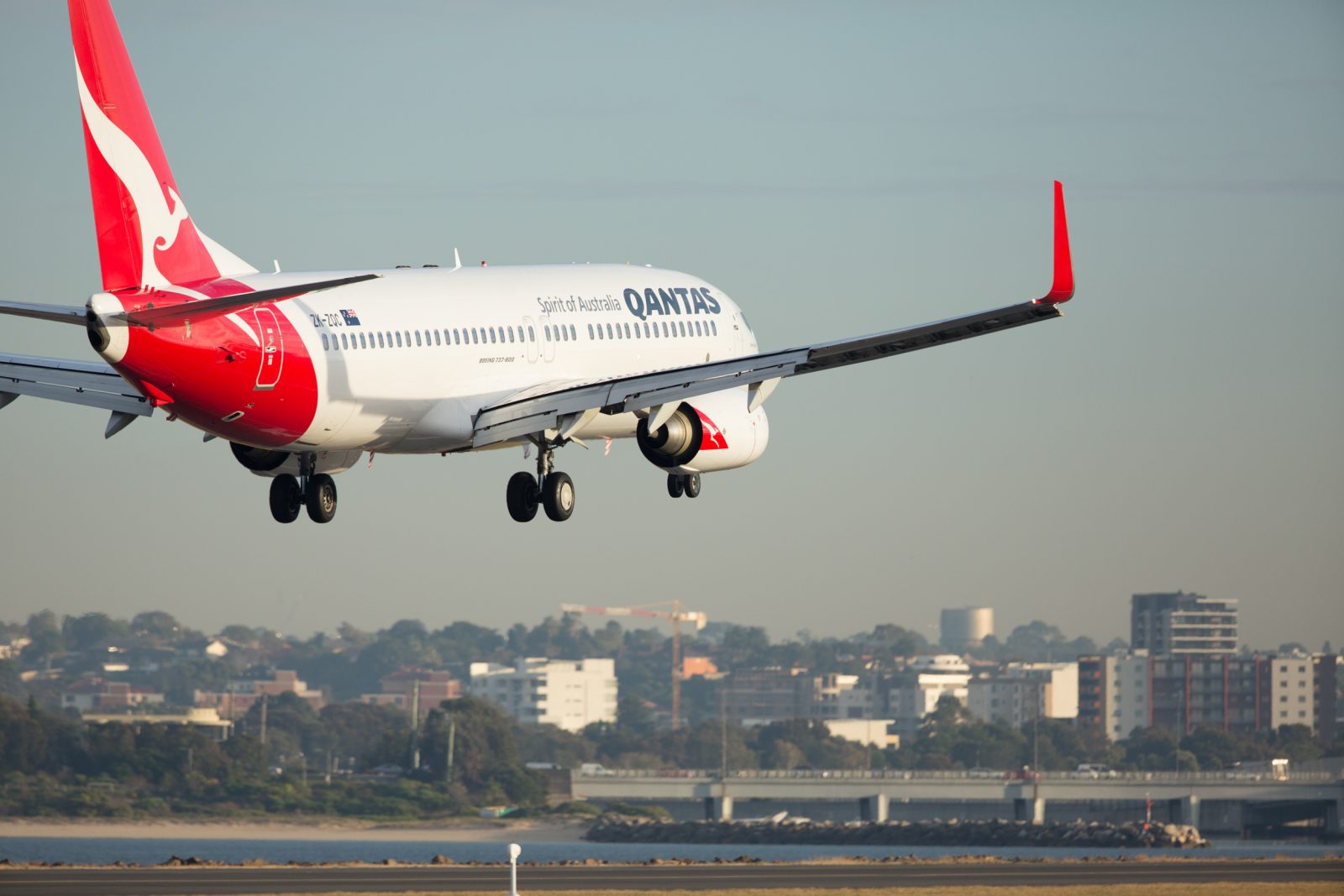
Australian flag-carrier Qantas provided an update Friday on urgent inspection work it has been carrying out on its fleet of Boeing 737NG aircraft, saying that cracks have now been found in three of the aeroplanes. The airline had previously said Thursday that hairline cracks had only been found in one Boeing 737 and that the plane had been grounded for repairs to be carried out.
The checks follow an airworthiness directive issued by the Federal Aviation Administration (FAA) in early October which warned of cracks that had been discovered by an unnamed operator during the conversion from a passenger to cargo aircraft. The cracks were found in what is referred to as the ‘pickle fork’ structure, which is located between the wing and fuselage and attaches the two sections.
Qantas said that all three grounded aircraft had completed around 27,000 take-off and landings (or “cycles” in aviation terminology). The airline has inspected all Boeing 737’s in its fleet which have completed more than 22,600 cycles which is line with the FAA’s directive.
In total, Qantas says it has inspected 33 of its aircraft subject to the airworthiness directive – Some of those were inspected seven months earlier than the directive ordered. All checks had been completed within seven days.
The FAA says that any Boeing 737 found with cracks must be grounded until repair work has been carried out. It’s estimated that it will cost USD $162,000 per aircraft to fix.
“We would never fly an aircraft that wasn’t safe. Even where these hairline cracks are present they’re not an immediate risk, which is clear from the fact the checks were not required for at least seven months,” the chief executive of Qantas Domestic, Andrew David said of the news.
David blasted the Australian Licensed Aircraft Engineers Association who yesterday suggested the entire Qantas 737 fleet should be grounded until checks and repairs had been completed. Describing the union’s comments as “irresponsible”, he said they were “especially disappointing given the fantastic job our engineers have done to inspect these aircraft well ahead of schedule”.
Australia’s civil aviation authorities have backed the advice from the FAA, downplaying the need to inspect or ground any Boeing 737’s until they reach the cycle threshold.
According to Boeing, around 1,000 aircraft worldwide will require the checks and so far, cracks have been found in fewer than 5 per cent of affected planes. Other airlines to have found cracks in their 737 fleets include Southwest Airlines, Gol, and Korean Air. The low-cost carrier Ryanair, which exclusively uses 737’s, says it doesn’t expect the airworthiness directive to have an effect on its operation.
Mateusz Maszczynski honed his skills as an international flight attendant at the most prominent airline in the Middle East and has been flying ever since... most recently for a well known European airline. Matt is passionate about the aviation industry and has become an expert in passenger experience and human-centric stories. Always keeping an ear close to the ground, Matt's industry insights, analysis and news coverage is frequently relied upon by some of the biggest names in journalism.







